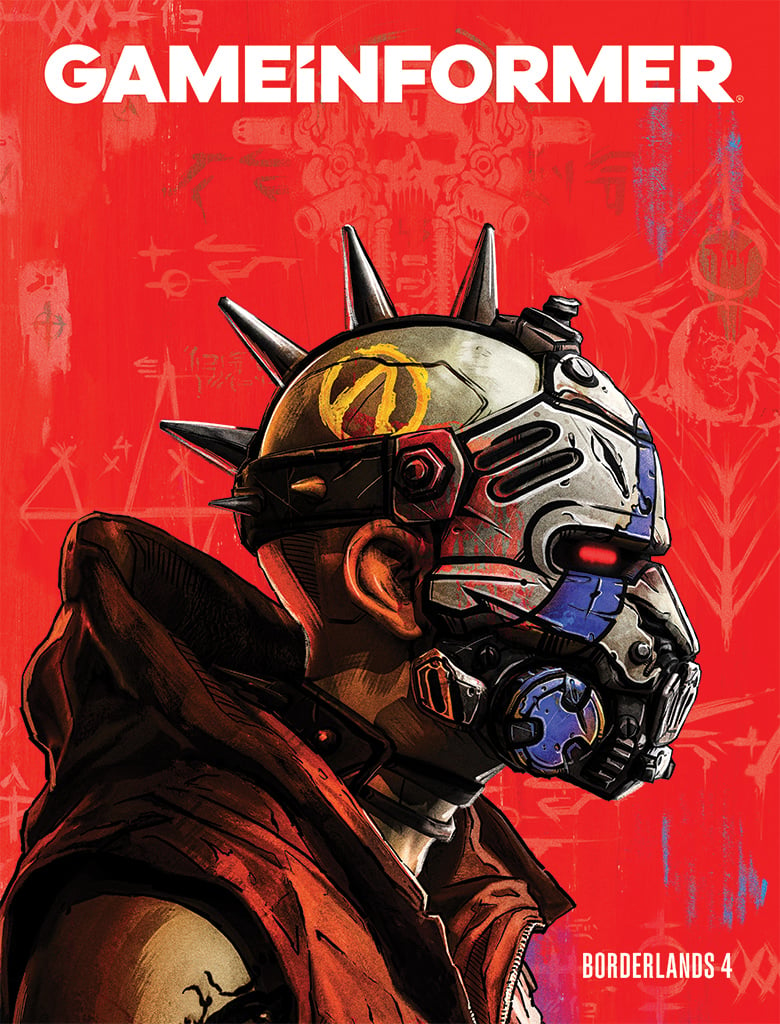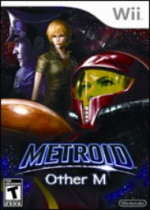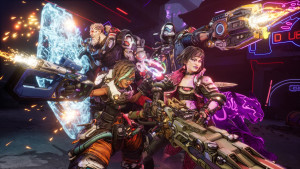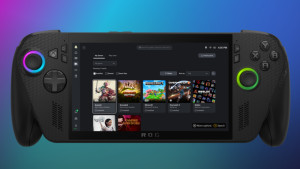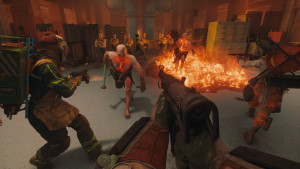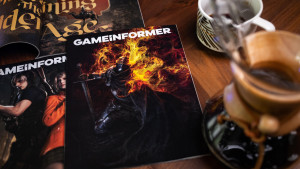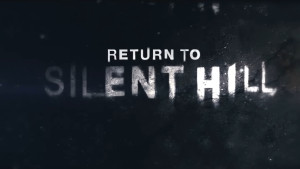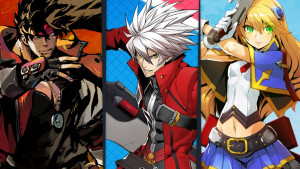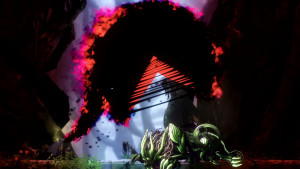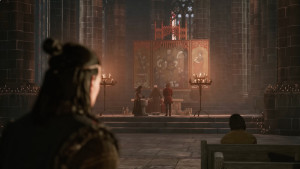Last chance for early bird pricing! Subscribe by June 25th to receive the debut issue
Metroid: Other M

Nintendo's latest Metroid game brings a lot of big changes to the long-running series. To help prepare you for its August 31 release, we created this rundown of the 13 most important things you should know about Metroid: Other M.
1. Story. Story. Story.
The Metroid series has largely been about isolation; it's always been Samus versus hostile environments, not really other humans or her emotions. Metroid: Other M is the exact opposite; Samus teams up with a group of soldiers who are in constant communication with her. Truth be told, getting to know Samus on a personal level is a bit weird. She's emotional, she's hard-edged, she has skeletons in her closet, and for the first time, she's a fully fleshed-out character. Her interaction with the soldiers can best be compared to Ripley interacting with the jarheads in Aliens. She doesn't quite fit in.
2. A Big Mystery
As Samus is thrust into the spotlight, questions begin to pop up related to what's happening on the ship she's exploring. Revealing even the breadcrumbs would spoil the game, but let me just say that her past is an important part of this tale.
3. A Touch Of Final Fantasy
Metroid: Other M's story is told in myriad ways. Some of the plot progression is handled through cutscenes using in-game graphics. Other times it is conveyed verbally as you are playing (a la BioShock). When big events take place, players are treated to CG cinematics that amplify the connection made to the characters in the world and showcase high production values and skillful artistic design. Much like Final Fantasy, most of these sequences act as rewards after difficult boss fights.
4. Bosses Everywhere
A large portion of Metroid: Other M's action is dedicated to boss fights. Some of these fights are recycled (with different conditions upping the difficulty), but most of the encounters are unique. The rate to which they pop up is surprisingly high. After toppling one boss, I encountered another minutes later after exploring just three rooms. Some of these bosses fall under the "mini-boss" designation, as they become standard enemies later, but the first time you fight them, they put your skills to the test. Larger bosses are not as frequent, and usually confront Samus at the end of a section. These bigger opponents have health meters (whereas the other bosses don't), and most offer different attack and defense phases.

5. Secrets Galore
Although all hidden power-ups are denoted on the map with a flashing blue icon, the path to finding them can be more difficult to locate, even in the narrowest of hallways. Most of the environments are loaded with geometry and tiny details. Finding a grate to bomb or a thin wall often requires careful examination from the first-person perspective (which is triggered by pointing the Wii remote directly at the screen).
6. Powers Are Locked
Samus starts the game with all of her powers unlocked, but unlike other games, she doesn't actually lose them. Instead, in a plot twist I still can't wrap my brain around, one of her comrades locks most of the powers on her suit for the safety of the others around her and the ship. They can only be reactivated when this particular character gives the order.
7. Ammo No Longer Needed
This is a strange change. If Samus' missiles are depleted, she no longer needs to hunt enemies and loot their bodies for ammo. Instead, the player simply has to point the remote upward while holding down the A button. This motion activates the "concentration" move, which magically refills Samus' missile stock. This technique can also be used to regain health later in the game.
8. No Aiming While Moving
If you want full control over where your shots are fired, you're going to have to give up control of Samus, as she cannot move while in first-person mode. In the third-person perspective, heavy aim assist targets foes, but you have no real control over who is targeted.
9. Weird Small Creature
One of the most puzzling encounters in this adventure is a small woodland-like critter that reappears when you'd least expect to see it again. What is this creature? What purpose does it serve? Why is Samus fascinated by it? Consider it another mystery pushing you forward.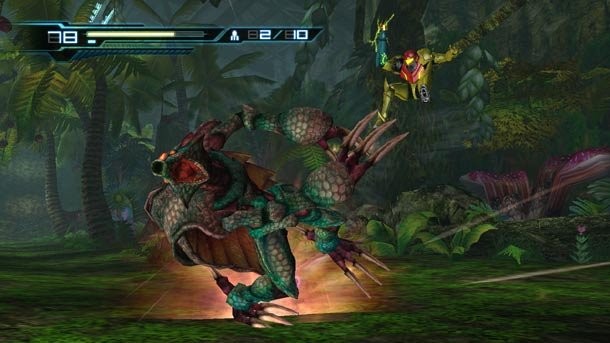
10. Samus Always Gives "Thumbs Down" During Mission Briefings
And you'll see it firsthand when you play the game. A row of soldiers all giving thumbs up. Samus is giving a thumbs down. Since when did military start giving reviews of mission briefings anyways?
11. Platforming Is A Major Component
I can't talk about most of Samus' abilities at this point, but many of them are used for environmental navigation. Unlike Team Ninja's Ninja Gaiden series, many environments are designed with extensive platforming in mind.
12. Samus' Connection With Metroids
The opening cutscene in the game is a flashback to Super Metroid that sets the tone for Samus' melancholy emotions toward the Metroid race and its apparent extinction. Expect the topic of Metroids and what happened to them to come up again and again in her internal monologue.
13. Close Quarters Combat
Many of the larger opponents collapse or are otherwise stunned after taking a certain amount of damage. This allows Samus to get in close for an often brutal attack that does more damage or even finishes some bad guys off for good. Whether she's placing her blaster directly to an enemy's head or whipping them against the wall, these moves bring some of the stylish action of the Ninja Gaiden games to the Metroid franchise.
